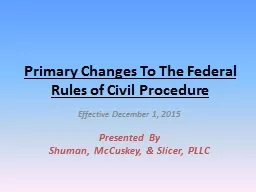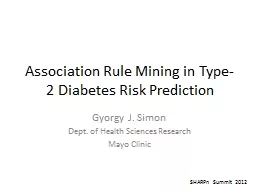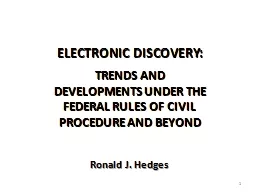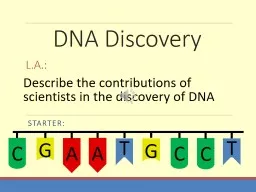PPT-Association Rule Discovery
Author : min-jolicoeur | Published Date : 2018-03-21
Bamshad Mobasher DePaul University 2 Market Basket Analysis Goal of MBA is to find associations affinities among groups of items occurring in a transactional database
Presentation Embed Code
Download Presentation
Download Presentation The PPT/PDF document "Association Rule Discovery" is the property of its rightful owner. Permission is granted to download and print the materials on this website for personal, non-commercial use only, and to display it on your personal computer provided you do not modify the materials and that you retain all copyright notices contained in the materials. By downloading content from our website, you accept the terms of this agreement.
Association Rule Discovery: Transcript
Download Rules Of Document
"Association Rule Discovery"The content belongs to its owner. You may download and print it for personal use, without modification, and keep all copyright notices. By downloading, you agree to these terms.
Related Documents














